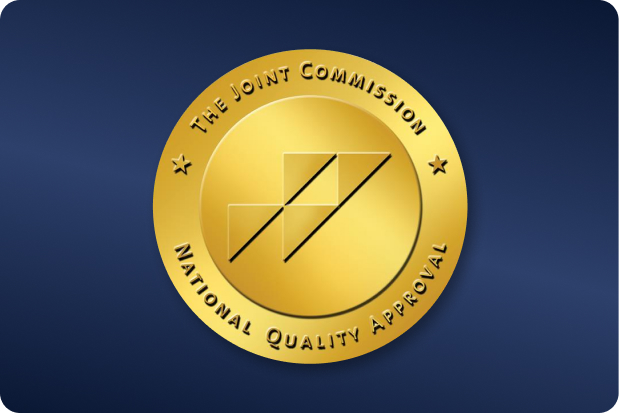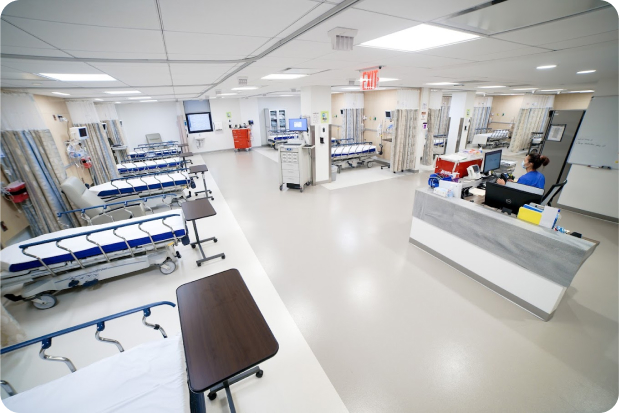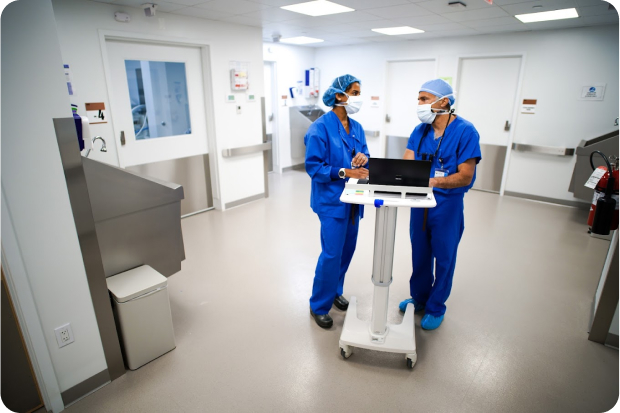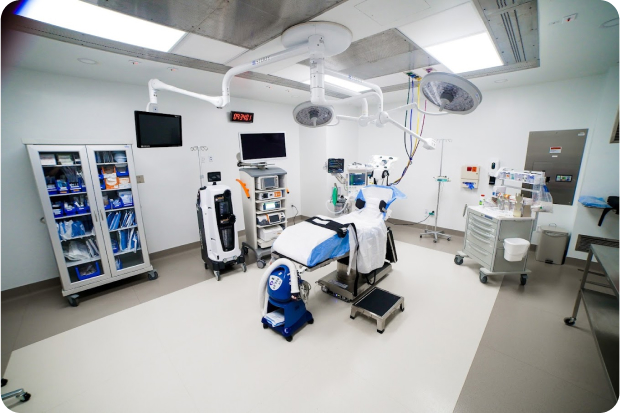 OUR LOCATIONSCall to book (212) 604-1300
OUR LOCATIONSCall to book (212) 604-1300
 OUR LOCATIONSCall to book (212) 604-1300
OUR LOCATIONSCall to book (212) 604-1300
Lower back pain and hip pain on one side of the body can severely impair your ability to get through the day. Severe pain is definitely a cause for concern and, depending on the cause, may require medical attention. It could either manifest itself as an abruptly sharp stinging pain on one side of your back or as a throbbing on one side that progressively gets worse by the day, steadily getting worse every day.
So what causes lower back pain and hip pain on one side? Some factors include lifestyle choices, poor posture, obesity, sports injuries, and psychological stress. Pain on only one side can be a bit frustrating to diagnose, so it’s best to consult with a provider.
There are a number of causes of lower back and hip pain that radiates from one side. Usually, these are innocent causes such as an awkward sleeping position, overworked muscles, sitting for too long, landing on the ischial tuberosity, or sports injuries. Radiating lower back and hip pain can also result from underlying medical issues that require medical diagnoses. The following are common reasons for lower back pain and hip pain on one side of the body:
Any shooting pain that originates in the spine and radiates down the leg is referred to as sciatica. The sciatic nerve originates in the back, travels down the buttocks and down your leg. Compression or twisting of this nerve results in sciatica.
It can be quite difficult to find a sleeping position where you are not in any way pressing against the long sciatic nerve because sciatica frequently causes excruciating pain and suffering that makes it difficult to work, lie down, or sleep. Some symptoms of sciatica include:

Back and hip pain are often brought on by arthritis. Additionally, the front of your thigh and groin might also feel it. Arthritis is an inflammation of one or more of your joints and is frequently brought on by aging and the slow breakdown of your body. Radiating pain from one side of your body is a common symptom of arthritis or bone problems.
Your body might prevent the pain from worsening by forcing you to walk in a way that doesn’t impact the affected bones and muscles. However, this can lead to muscle and bone overuse which in turn causes pain on one side of the body. Common symptoms of arthritis may include:
Injuries to muscles, tissues, discs, or joints in the spine can also cause unilateral back pain. These injuries can be from minor sports or car accidents. Tissue damage often results in pain that radiates from the spine; it is also possible for the pain to exclusively radiate from the right or left side of the back. Muscle strains and poor posture can aggravate this pain. Common symptoms of muscle strains include:
Pain on the one side of your back may actually originate from the organs in your mid-back, abdominal area, or pelvic region. The organs in these regions may be impacted by an infection, inflammation, or irritation, which results in severe pain. Impacted organs include:
For example, kidney stones can cause radiating pain from the upper hip, lower groin, and lower back. Back pain can also be a symptom of ulcerative colitis. This is a chronic condition that affects the large intestine that is accompanied by cramping in the abdomen, digestive problems, weight loss, and exhaustion. Endometriosis or fibroids can cause the lower right back to experience pelvic pain.
A pinched nerve is an ailment that can result in shooting pain, tingling, and discomfort. It usually affects the hip, spine, or back. This condition occurs when the bones, muscles, or tissues close to a nerve put too much pressure on it. Pain, numbness, and weakness are brought on by the pressure’s interference with normal nerve function. In some circumstances, existing scar tissue from prior wounds might also irritate nerves. Additional reasons for pinched nerves include:
A more serious case of nerve damage resulting in unilateral pain is a condition called equina syndrome. This happens when nerves get compressed at the end of the spinal cord. Symptoms commonly associated with this condition include significant leg pain, numbness around the groin, paralysis, and loss of bowel/bladder control.
Nerves in the spinal cord can get compressed and squeezed to cause a condition known as spinal stenosis (or lumbar stenosis). The symptoms are almost identical to those of sciatica and include tingling in the left or right leg and unilateral back pain.
A bulging disc (also called a ruptured disc, slipped disc, or a herniated disk) occurs when the “jelly” within your spinal disc is forced through the disk’s tougher outer. This may aggravate neighboring nerves, frequently resulting in pain and numbness.
It can also result in pain flowing down the legs and numbness in one leg, as well as pain in the butt and tail of the spine. Leg muscle weakness, sciatic nerve pain, back leg muscle discomfort, tingling in the leg nerves, and pain behind the knees are among the typical symptoms.
The triangle bone between the lumbar spine and the tailbone (known as the sacrum) is joined to your hip bones by the sacroiliac joint (often known as the SI joint). This joint connects your upper body, pelvis, and legs. It is responsible for absorbing trauma or shock in your upper body, legs, and pelvis. Radiating pain in these regions might result from strain or injury to the SI joint.
Ankylosing spondylitis is a specific form of arthritis that targets the spine. This condition can cause severe inflammation of the vertebra resulting in debilitating pain in the lower back, hip, and legs. Common symptoms include excruciating pain, stiffness, fever, lack of mobility, general malaise, and loss of appetite.
When one or more vertebrae are crushed or squeezed, the spine might sustain a vertebral compression fracture. This injury can result from severe back trauma, such as in a vehicle accident or after a fall, and is common in elderly people and people with osteoporosis. Severe back aches and an abrupt popping sound are symptoms.
Diabetic amyotrophy (commonly known as diabetic neuropathy) can cause lower back pain and hip pain on one side of the body. It is a disorder that affects the nerves in the legs, foot, hips, and buttocks and is brought on by severe diabetes mellitus. Symptoms include:
The space between the layer of skin and spine that is vulnerable to bacterial infections in rare circumstances can cause a spinal epidural abscess when infected. Pus that gets accumulated in this space as a result of the infection can apply pressure on nerves and bones which can put one under a great deal of pain. It’s a serious condition that results in radiating lower back pain and spinal pain on one side of the body.
The treatment and management solutions for chronic unilateral pain usually depend on the cause of the pain. It also depends on the intensity, extent, and severity of the pain. Based on the level of risk the condition has on your overall health, the pain management strategies recommended by a doctor can vary.
Low-risk causes for unilateral lower back and hip pain can be managed by simply taking over-the-counter medications. Minimizing the movement that causes this pain can also be effective. Conditions that come under this category include:
| Cause | Treatment |
| Piriformis syndrome | RICE therapy, physical therapy, neurotherapy, exercise, |
| Hamstring muscle strain | RICE (Rest, Ice, Compression, Elevation) therapy |
| Back muscle strains | Non-narcotic pain medications |
| Arthritis | Rest, compression, heat, Ice packs, stretches, exercises, and OTC anti-inflammatories. Surgery may be required in very rare cases |
Low-medium risk conditions are issues that are minor and can usually be resolved by visiting your doctor as an outpatient. Prescription medication and physical therapy are effective ways of managing these causes of radiating lower back and hip pain. They include:
| Cause | Treatment |
| Pinched nerve | RICE therapy, physical therapy, neurotherapy, exercise, |
| Lumbosacral spinal stenosis | RICE (Rest, Ice, Compression, Elevation) therapy |
| Diabetic amyotrophy | Non-narcotic pain medications |
| Lumbosacral plexopathy | Rest, compression, heat, ice packs, stretches, exercises, OTC anti-inflammatories, and surgery (may be required in very rare cases) |
| Mononeuropathies of the leg | Isolating the affected nerve, pain medicine, nerve medications, glucocorticoid injections, and physical therapy |
| Ankylosing spondylitis | Temperature therapy, pain medication, physical therapy, maintaining good posture, and exercise |
| Sacroiliac joint dysfunction | Rest, sciatic nerve massage, and OTC anti-inflammatory drugs |
| Greater trochanteric bursitis | Opiate pain medication, anti-inflammatory painkillers, NSAIDs, hip stretches, and physical therapy |
| Ischiofemoral impingement | Rest, NSAIDs, and anti-inflammatory drugs |
| Greater trochanteric pain syndrome | Anti-inflammatory pain medication, physiotherapy, stretches, and exercise |
Medium-risk is a category of medical conditions that are moderate in severity and may require the patient to make an appointment with their doctor. In the worst cases, hospitalization may become necessary. Prescription medication, physical therapy, and/or minor surgeries can help alleviate unilateral pain. They include:
| Cause | Treatment |
| Herniated Disc | Temperature therapy (using heat and ice), painkillers, anti-inflammatory drugs, steroids, physical therapy, exercise, and surgery in some cases |
| Vertebral compression fracture | Back braces, rest, pain medications, and surgical procedures such as vertebroplasty |
| Ischial apophysis avulsion | Extensive rest, physical therapy, massages, stretching exercises, gait work |
| Gluteal muscle tear or avulsion | Rest, surgical repair of torn muscle, physical therapy, pain medication |
| Iliac crest apophysis avulsion | Rest, pain medications, physical therapy |
Medium-high risk covers a category of medical conditions that may require urgent medical attention or hospitalization. They may not be life-threatening but can cause debilitating lower back and hip pain if left untreated. These include:
| Cause | Treatment |
| Spinal epidural abscess | Analgesics, pain medications, antibiotics, anti-inflammatories, draining of the abscess, and surgery in rare cases. |
| Malignancy | Chemotherapy, Radiation therapy, surgical tumor removal, opiate pain medication |
| Discitis | Rest, pain medication, antibiotics, anti-inflammatories, and minor surgeries |
High-risk causes of lower back pain and hip pain on one side of the body include a number of conditions that may be deemed as medical emergencies. These include potentially lethal and adverse complications that require urgent medical intervention. Examples include:
| Cause | Treatment |
| Internal organ diseases such as kidney failure, kidney diseases, and advanced kidney infections | Immediate ER consultancy, surgical procedures, intensive medical care |
| Cauda equina syndrome | Immediate medical care, neurosurgery, ICU treatment, surgical procedures such as lumbar laminectomy |
Living with pain in your back and hips on one side of the body can be excruciating. NYPC has a team of pain management physicians who will perform a thorough diagnosis of your condition to identify the root cause of your pain. We specialize in both non-surgical and surgical treatments to alleviate unilateral pain in your body.
Our state-of-the-art medical facilities are designed to accommodate patient safety and comfort to help you get back to your normal life and help alleviate many types of body pain. Schedule an appointment with the best spine surgeons in the nation by visiting our website or giving us a call.






